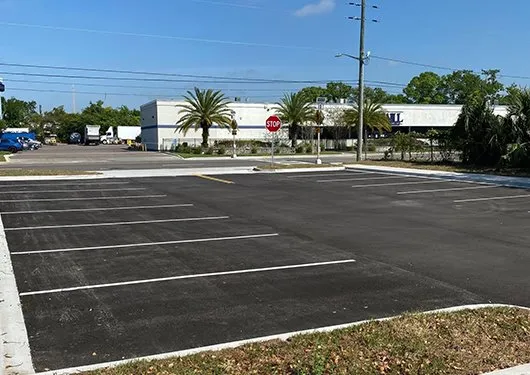A well-maintained roof is crucial for protecting your home and preserving its value. Over time, roofs can accumulate dirt, algae, moss, and other debris that not only detract from their appearance but also compromise their functionality. Investing in professional roof cleaning services can offer significant benefits, both in terms of protecting your home and enhancing its overall value.
Extending Roof Longevity
One of the primary benefits of roof cleaning is the extension of your roof’s lifespan. Algae, moss, and lichen can retain moisture, which over time can lead to the degradation of roofing materials. For instance, moss and algae can cause shingles to lift and curl, which exposes the underlying layers to harsh weather conditions. Regular cleaning removes these contaminants, preventing them from causing long-term damage and thereby extending the life of your roof.

Enhancing Curb Appeal
The appearance of your roof significantly impacts the overall curb appeal of your home. A roof covered in grime or moss can make even the most well-kept house look neglected. By investing in professional cleaning services, you ensure that your roof looks its best, which can be particularly beneficial if you are considering selling your home. A clean, well-maintained roof can increase the market value of your property and make it more attractive to potential buyers.
Preventing Costly Repairs
The roof cleaning crosby helps in identifying minor issues before they become major problems. During a cleaning service, professionals inspect your roof for signs of damage, such as cracked shingles, damaged flashing, or areas where water may be pooling. Early detection of these issues can lead to timely repairs, preventing more extensive and costly repairs down the road. Regular maintenance can help you avoid unexpected expenses and maintain the structural integrity of your home.
Improving Energy Efficiency
A clean roof can also contribute to the energy efficiency of your home. Algae and moss growth can affect the roof’s ability to reflect sunlight, leading to increased heat absorption. This, in turn, can cause your air conditioning system to work harder to maintain a comfortable indoor temperature. By keeping your roof clean, you enhance its reflective properties, potentially reducing your energy bills and making your home more comfortable.
Health Benefits
Moss and algae growth on roofs are not just cosmetic issues they can also pose health risks. Algae, in particular, can release spores that may contribute to respiratory issues for individuals with allergies or asthma. By removing these contaminants through professional cleaning, you contribute to a healthier living environment for you and your family.
Roof cleaning is a smart investment that provides long-term benefits for your home. By extending the life of your roof, enhancing its appearance, preventing costly repairs, improving energy efficiency, supporting health, and preserving warranties, professional cleaning services offer valuable returns on investment. Regular maintenance not only protects your home but also enhances its overall value, making it a worthwhile consideration for any homeowner.





